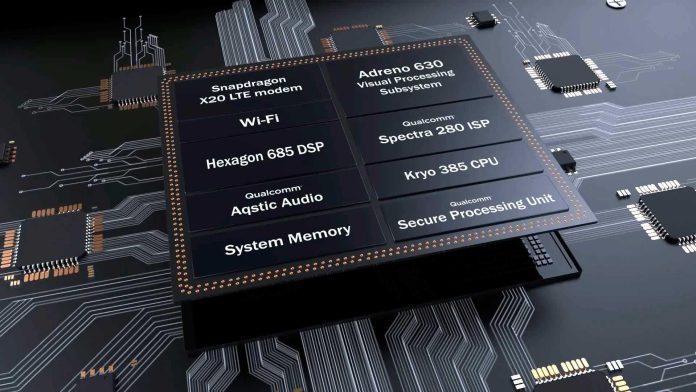UK based smart-city firm Telensa will run compute and analytics on its new streetlight solutions to insights from raw data in real time and reduce the need for cloud support. Telensa’s Multi-Sensor Pods will run on Qualcomm’s SDM845 processors, which make use of the California chip company’s artificial intelligence (AI) engine, it confirmed.
Telensa said Qualcomm’s 845 system-on-chip will help its smart city systems reach the scale required to “digitise complete cities” on account of their compactness, power-efficiency, cost-effectiveness. The company is deploying the Multi-Sensor Pods on street lights as part of its new Urban Data Project, which starts next month (March) with first deployments in Cambridge, in the UK.
The Urban Data Project, announced earlier this month, comprises an open data platform, based on Microsoft Azure, which pulls data from Telensa’s street-light sensors and combines it with other data sets from the city, including from smart-city sensors deployed for air quality and noise levels. It is not clear whether the platform can ingest data from legacy civic data systems.
This open data repository is called the City Data Guardian. Cities can apply privacy policies, comply with data regulations, and make data available to improve services and drive revenues. Telensa said the platform-and-sensor package enables cities to collect, protect, and make use of urban data – as “the mosaic of street-by-street, minute-by-minute information that makes up a city’s digital twin”.
The digital-twin initiative seeks to overcome barriers of cost and trust, which have so far held smart cities back in their use of data. Data will be made available, on the city’s terms, to industries such as retail, real estate and insurance, and to developers in the smart-city space.
Will Franks, chief executive at Telensa, said: “For more than a decade, we’ve been working with cities around the globe to make millions of streetlights smart and turn light poles into a platform for sensors. Our focus has always been data, and finding a way for cities to effectively take ownership of their urban data assets. Working with Qualcomm for edge AI processing, we’re solving the economic challenges of smart city applications by employing the power and efficiency of the latest smartphone technology.”
Jeffery Torrance, vice president of business development at Qualcomm, said: “Streetlight infrastructure is proving to be a vital avenue for new smart city technologies such as urban data AI and small cells for LTE and 5G. All require on-device computing that combines robust performance with low running costs, and that is where Qualcomm Technologies delivers. We’re delighted to be working with Telensa in the Urban Data Project to enable cities to do more with their data assets.”

